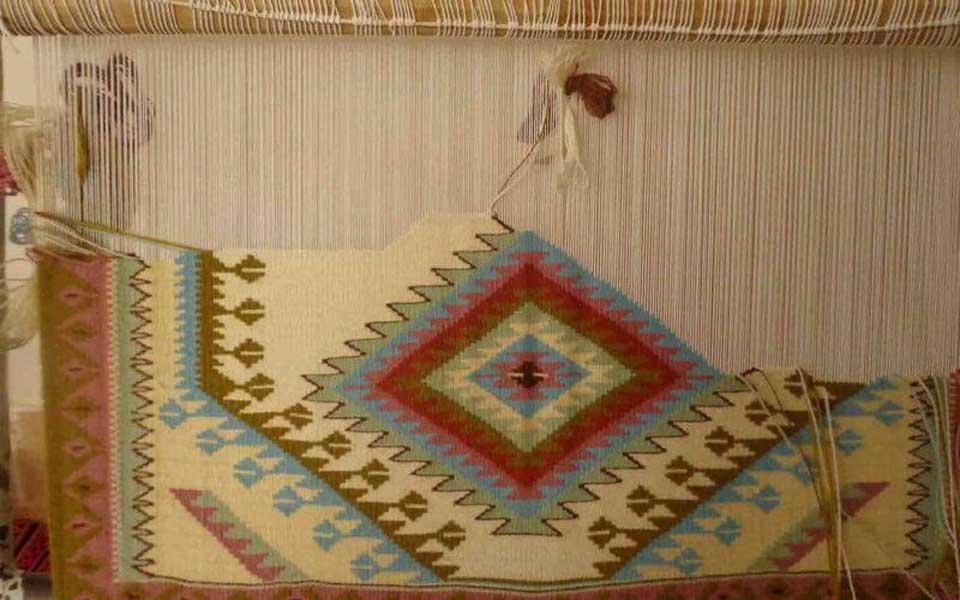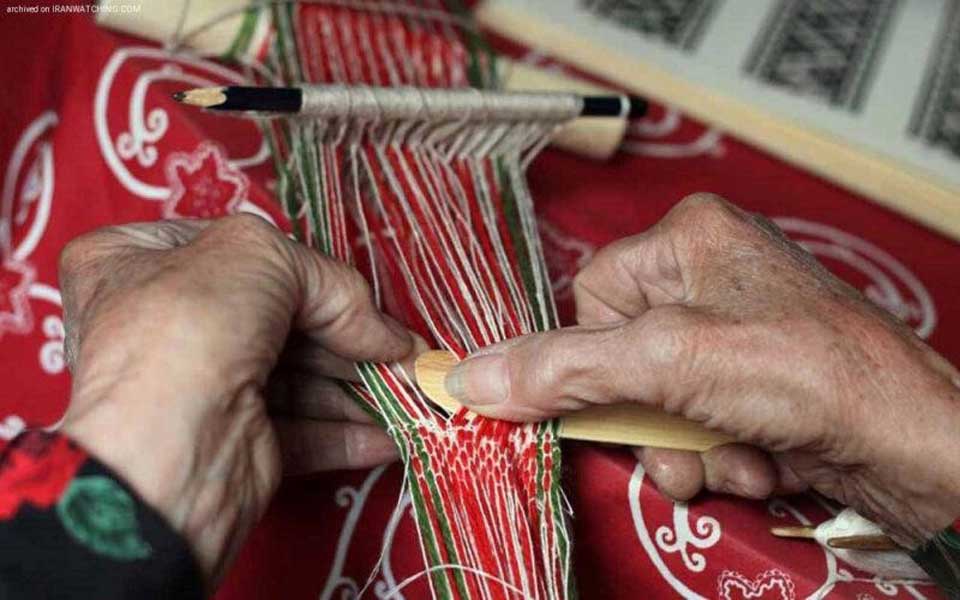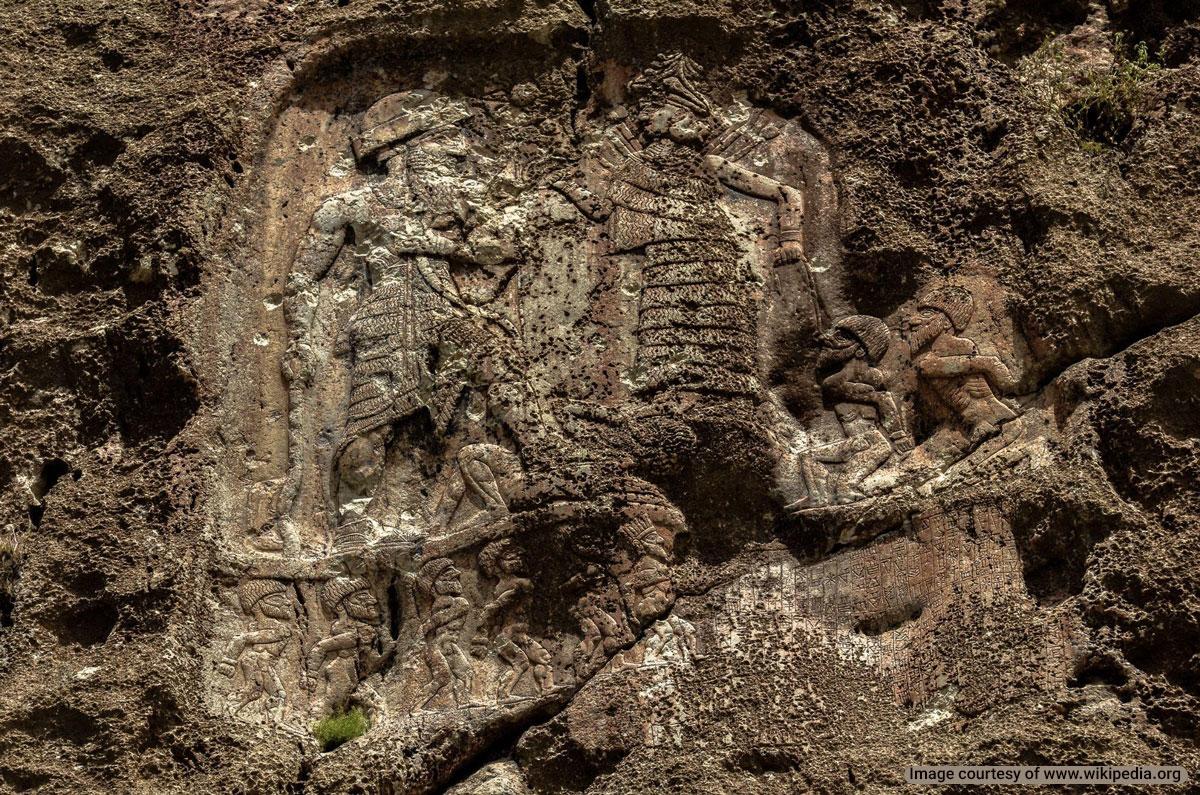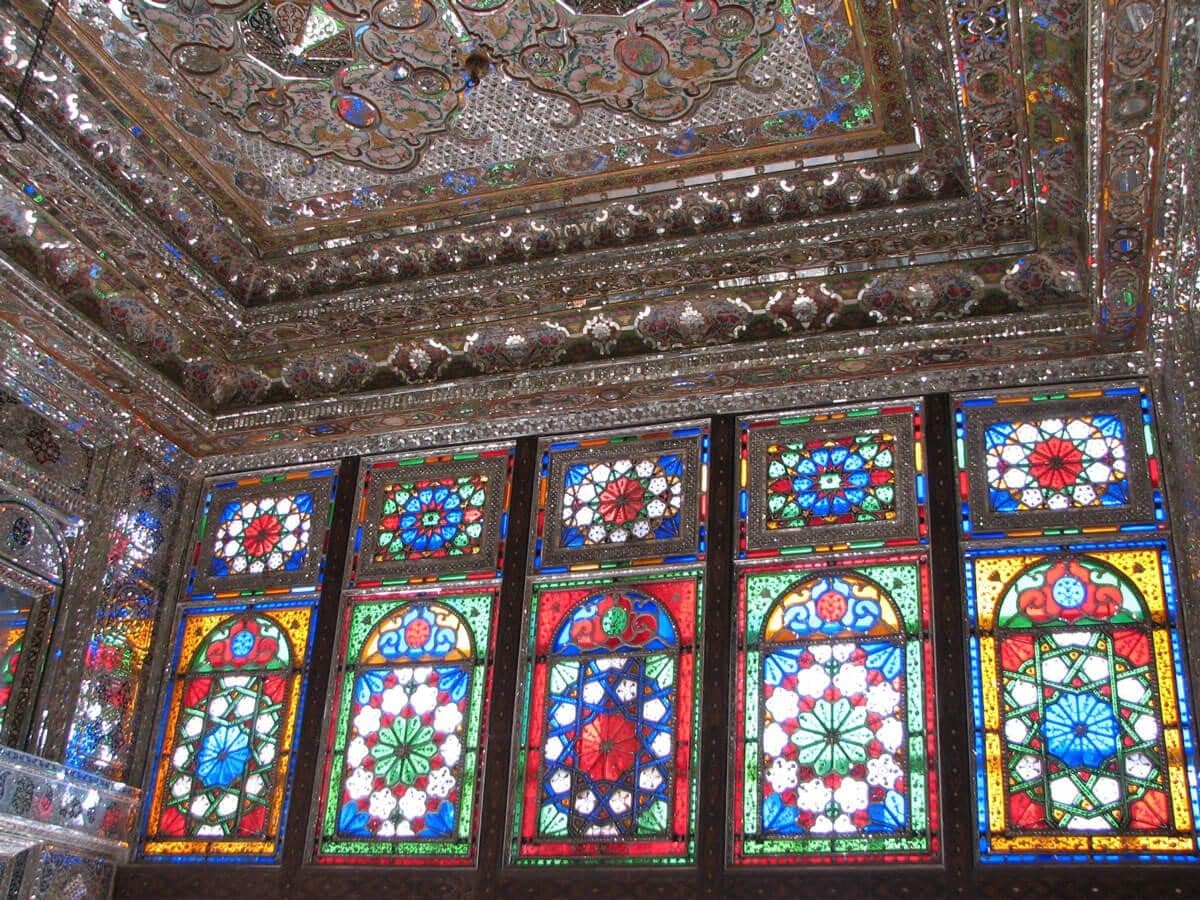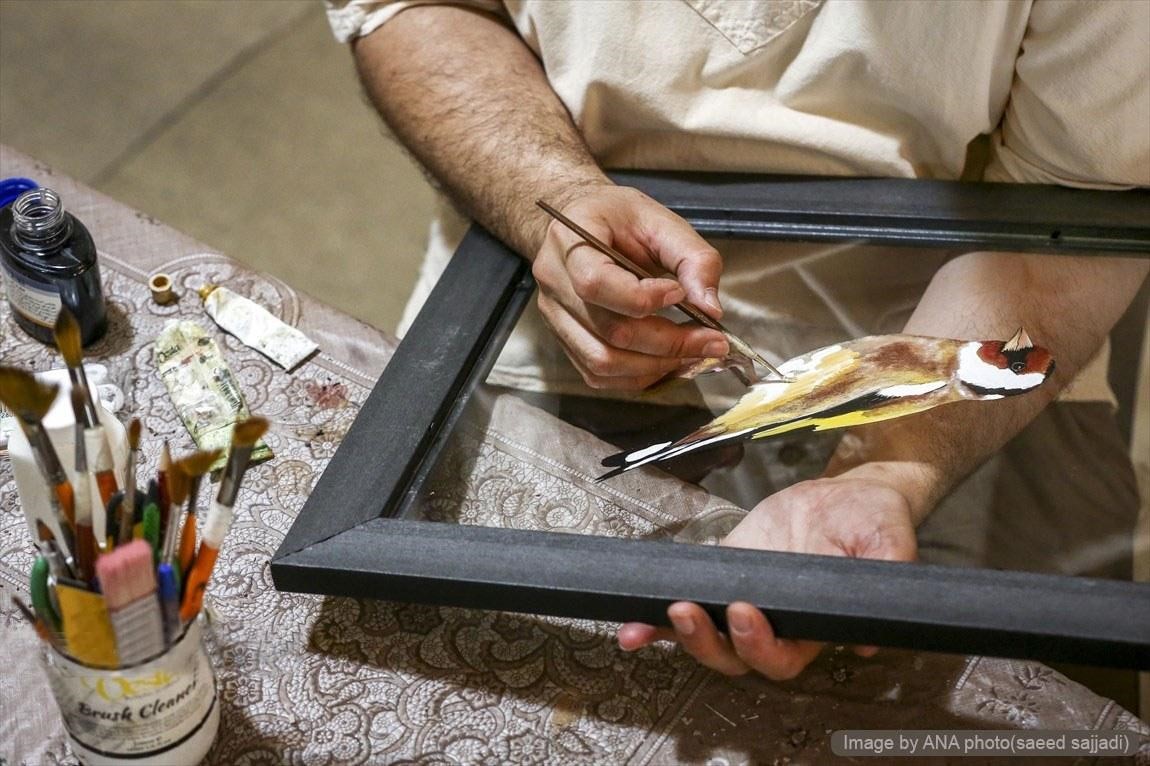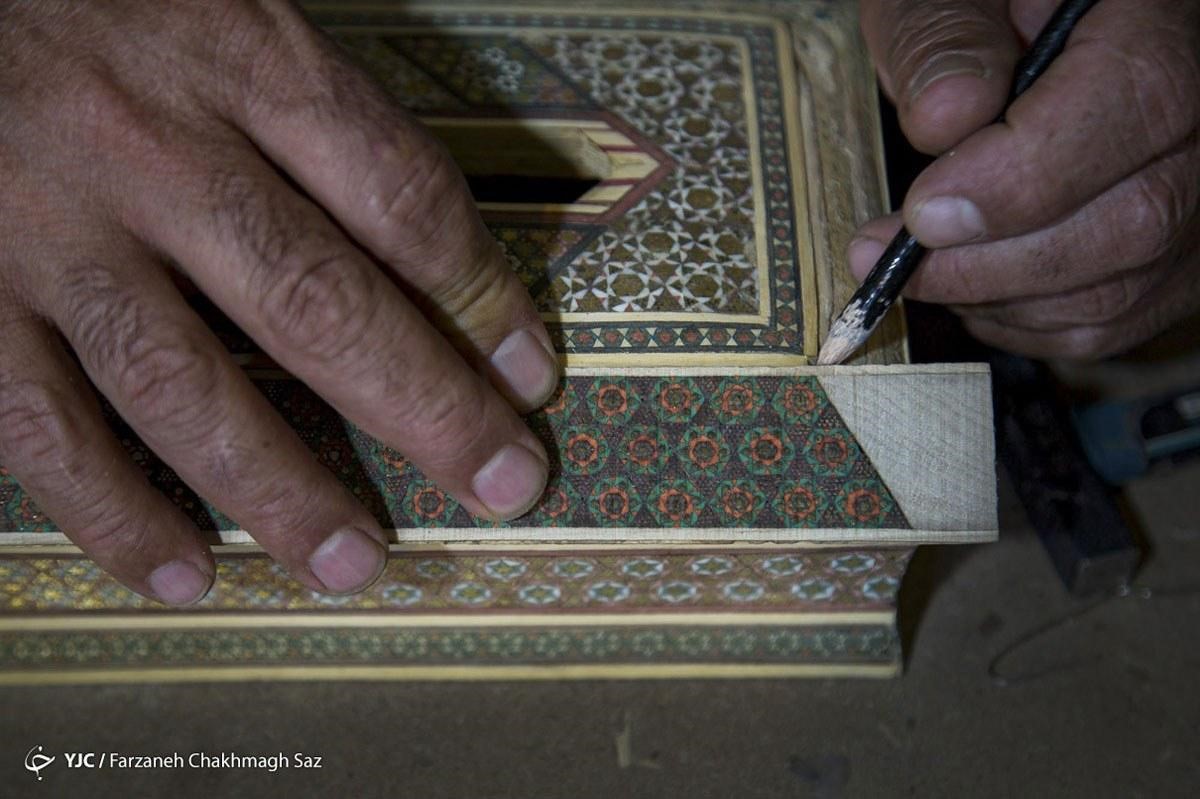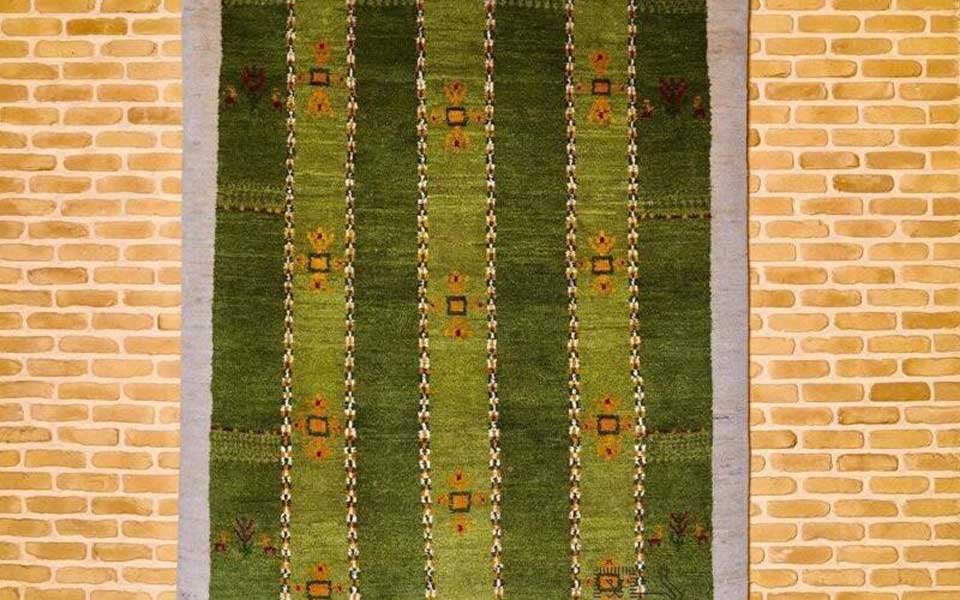
The ancient art of Gabbeh weaving in Iran is usually practiced by nomadic women. The fruit of this art is a type of underlay that is very similar to a Qali. The art of Gabbeh weaving is one of Iran handicrafts, which is more popular among the Qashqai and Lor tribes.
The Difference Between Gabbeh and Carpet
Compared to the carpet, the Gabbeh has longer piles (usually 3 cm), which makes it softer, but it has a lower weft thread count. A carpet is woven according to a weave plan, but a Gabbeh is the product of the weaver’s imagination and creativity.
What Is Gabbeh Bafi?
Gabbeh is a type of dense underlay that has been used since ancient times until today to prevent heat loss through the ground or as traditionally believed, guard against the earth’s coldness. Today, Gabbeh weaving has become a widespread commercial handicraft. Hand-woven Gabbeh is available in various designs and colors throughout most cities in Iran.
The Reason for the Name “Gabbeh”
It is not clear exactly why the name of this Iranian handicrafts is Gabbeh. Some researchers believe that the reason for the name of this underlay is its roughness and density. Since it was used to shield against the cold, some believe that the word Gabbeh comes from the word “gayer” which means “protection”.
Traditional Gabbeh and Modern Gabbeh
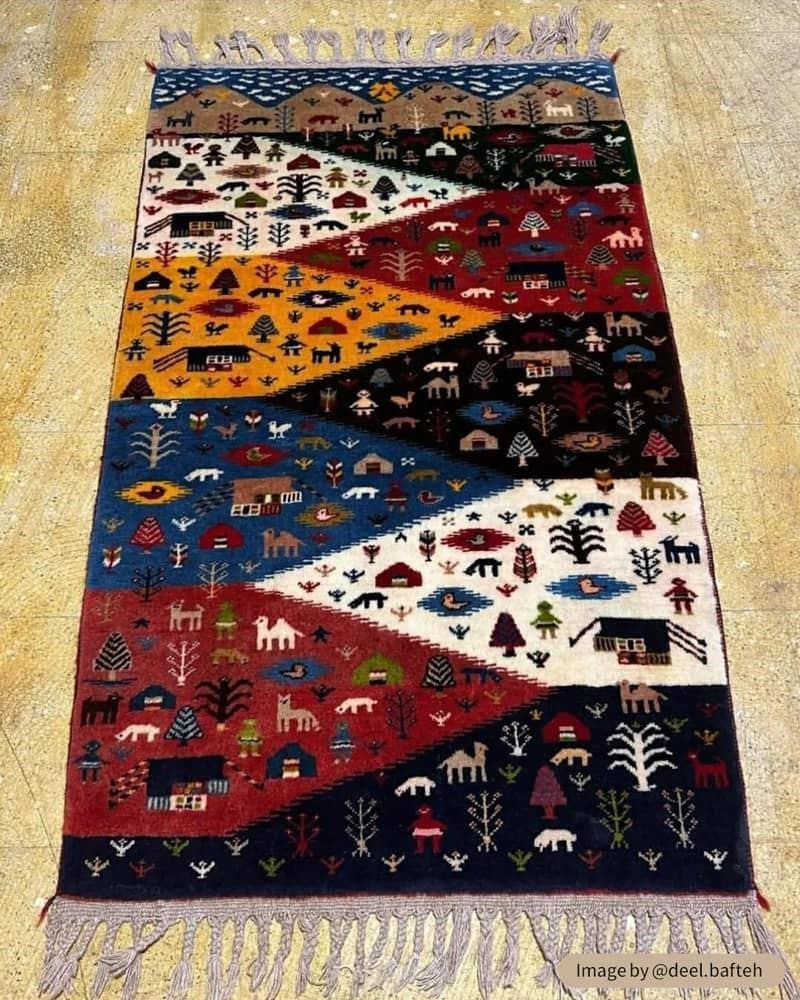
Traditional Gabbeh were not dyed and they were in the original color of sheep’s wool. Sheep wool are usually gray, black, white and brown, and Gabbeh were hand-woven with these colors.
In the past, the colors of Gabbeh represented the moods of the Gabbeh weaver at the time of weaving. For example, if the weaver had an unpleasant day, he would use dark-colored threads to weave the Gabbeh. While on happy days, they mostly used white among other colors.
Later on, plant-based natural dyes replaced the original color of sheep wool, and Gabbeh were woven with happier and more diverse colors.
Today, Gabbeh are dyed with chemical dyes and woven using spinning machines. Despite the variety of patterns, colors and design in machine-made Gabbeh, they were not well received and today traditional designs are more popular.
History of Gabbeh Weaving in Iran
The exact origin of Gabbeh weaving in Iran is not documented, or at least discovered. The first use of the word “Gabbeh” is associated with the era of Shah Tahmasp II Safavi. At that time, the king of India had fled to Iran due to the betrayal of his courtiers.
In the report of the welcoming ceremony for the King of India, the word Gabbeh is used for the first time, which was used to describe the underlay prepared for the King of India.
Common Gabbeh Sizes
Originally, Gabbeh did not have any specific plan or exact dimensions and was customized for personal use. Therefore, the size of the Gabbeh is up to the weaver. In general, it can be said that Gabbeh were not very large and mostly woven in the size of the Qalicheh or small carpet.
While today, Gabbeh weaving in Iran is considered a commercial handicraft and the weavers make Gabbeh with exact measurements. So, if customers demand, the size of the Gabbeh can be customized to larger or smaller than regular dimensions. The following are the most common Gabbeh dimensions:
- One meter by two meters (1 x 2), one and a half meters by two meters (1.5 x 2), one and a half meters by two and a half meters (1.5 x 2.5), two and a half meters by three and half a meter (2.5 x 3).
Gabbeh Weaving Tools and Equipment in Iran
Like other handwoven handicrafts, Gabbeh Bafi also needs special tools, which are as follows:
Dar-e Gabbeh Bafi (Gabbeh Weaving Loom)
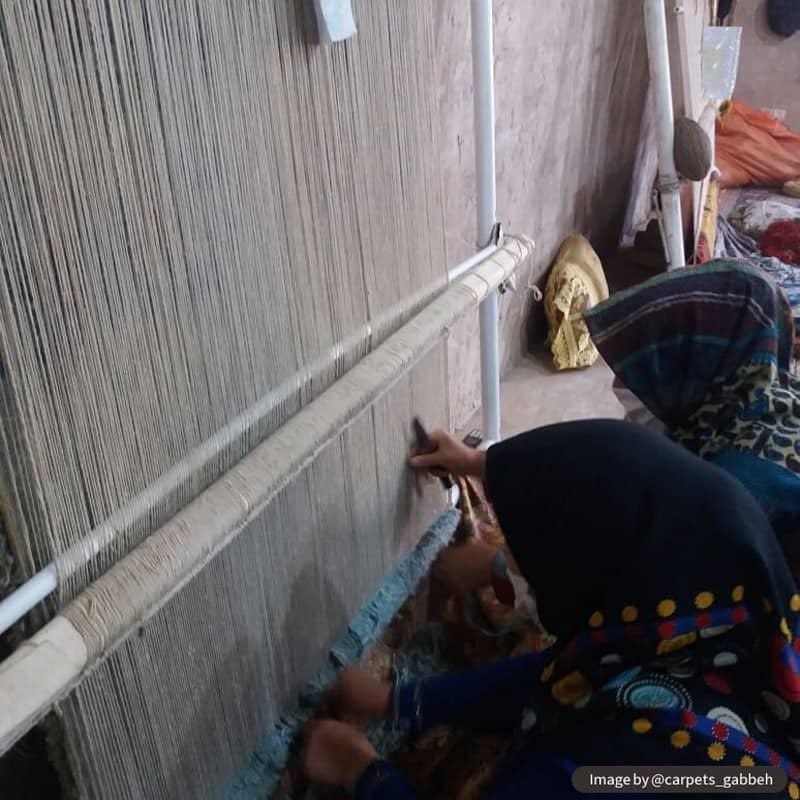
Gabbeh weaving Dar (weaving loom), is similar to the Qali weaving Dar but it is slightly simpler. The size of the Dar is determined according to the size of the Gabbeh that will be woven on it. There are two types of “horizontal” and “vertical” Dars. Horizontal Dars are easily dismantled and transported and lighter than vertical Dars.
Gabbeh Thread
Traditional Gabbeh are woven with threads obtained from the wool of animals such as sheep, goats, and camels. Nowadays, there are also synthetic fiber threads that can be used to start Gabbeh weaving.
Gabbeh Weaving Shaneh (Comb)
Gabbeh Bafi comb has strong iron teeth and looks similar to hair combs. They use the comb to tighten the thread so that the Gabbeh becomes denser and the threads aren’t easily pulled out after use.
Gabbeh Weaving Knife
This special knife is a tool for cutting extra threads. In some regions. knives are used to cut the threads instead of scissors.
Gabbeh Weaving Scissors
Gabbeh scissors are easier to work with than knives, especially for beginner weavers.
Different Gabbeh Weaving Designs
Gabbeh are woven in various designs, each with a special motif. Below we introduce some of the more common Gabbeh weaving designs in Iran:
- Brick or rectangle-shaped designs, Fountain Gabbeh designs, flower Gabbeh designs, Ilat or nomadic designs, tree designs, striped designs, nested weave designs, plain weave designs, lion designs.
Colors Used in Gabbeh Weaving in Iran
The main colors in Gabbeh weaving designs are the primary colors, namely red, yellow, and blue, each used as a symbol. Apart from these primary colors, other colors also have a special meaning in Gabbeh weaving:
- Yellow is the symbol of the homeland soil
- Black is a symbol of sadness
- Blue color is a symbol of the purity and clarity of the sky
- Green is a symbol of nature and blessing
The secondary colors used in Gabbeh Bafi are: white, black, purple, green and orange.
Take a Look at Traditional Iranian Handicrafts
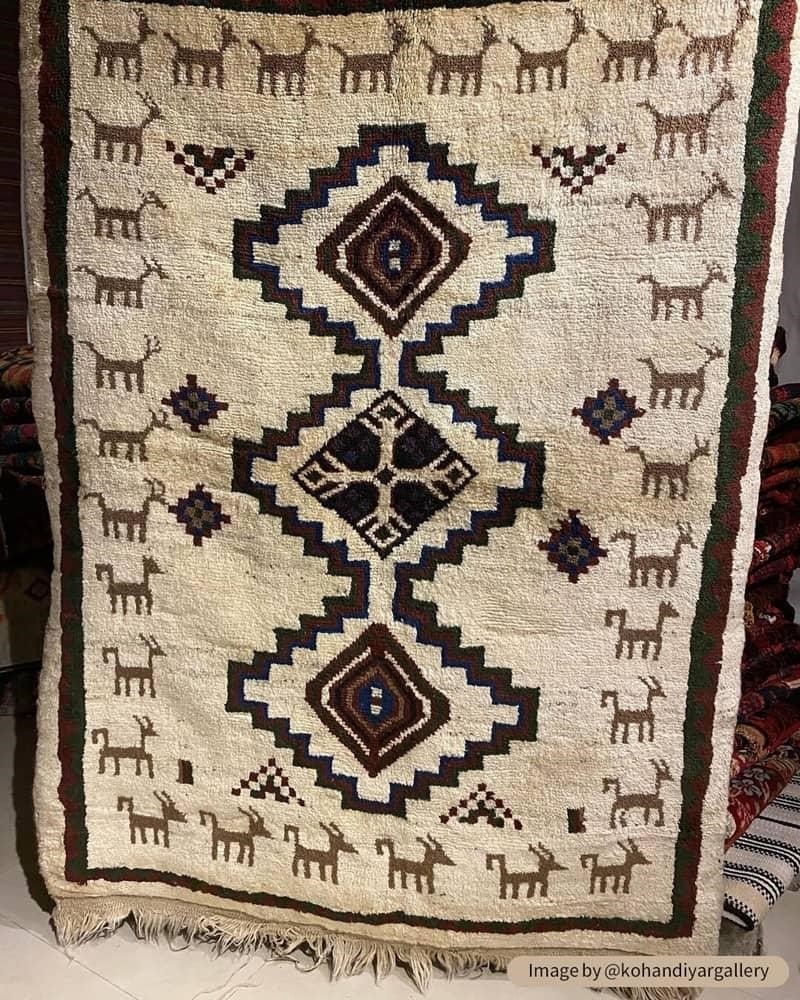
Gabbeh weaving in Iran is a very pure and ancient craft that has risen to new heights today. Cities such as Shiraz, Bushehr, and Khorasan are centers of the commercial Gabbeh weaving Industry. When traveling to these cities, make sure to visit Gabbeh weaving workshops and buy beautiful traditional Gabbeh.
Destination Iran aims to introduce the cultural heritage and artistic achievements of Iran in addition to introducing Iranian tourist attractions.






